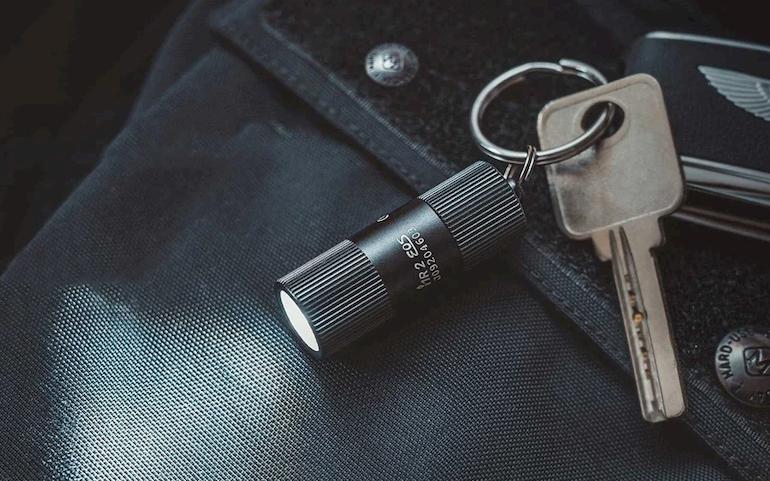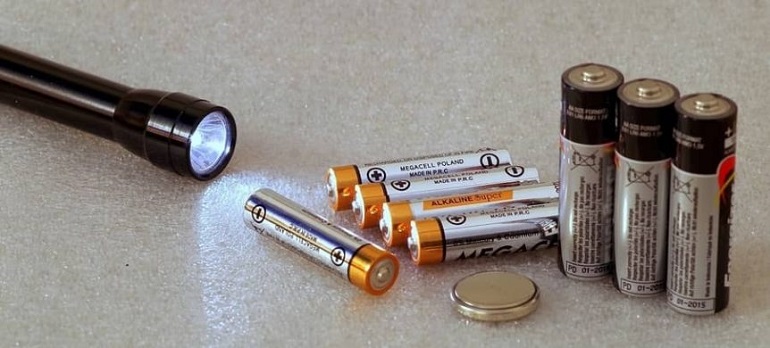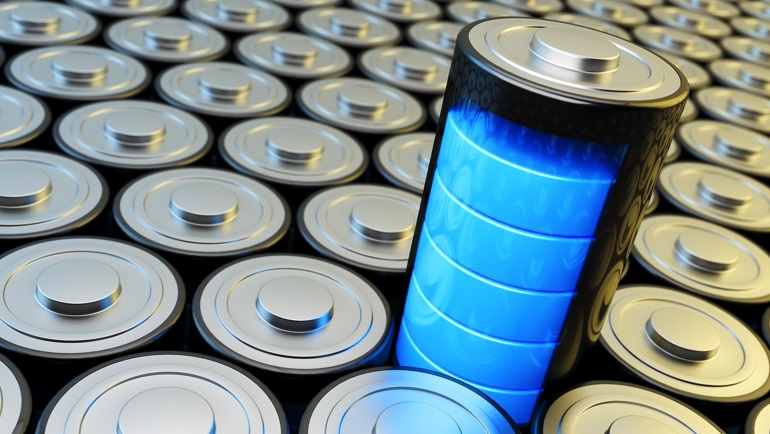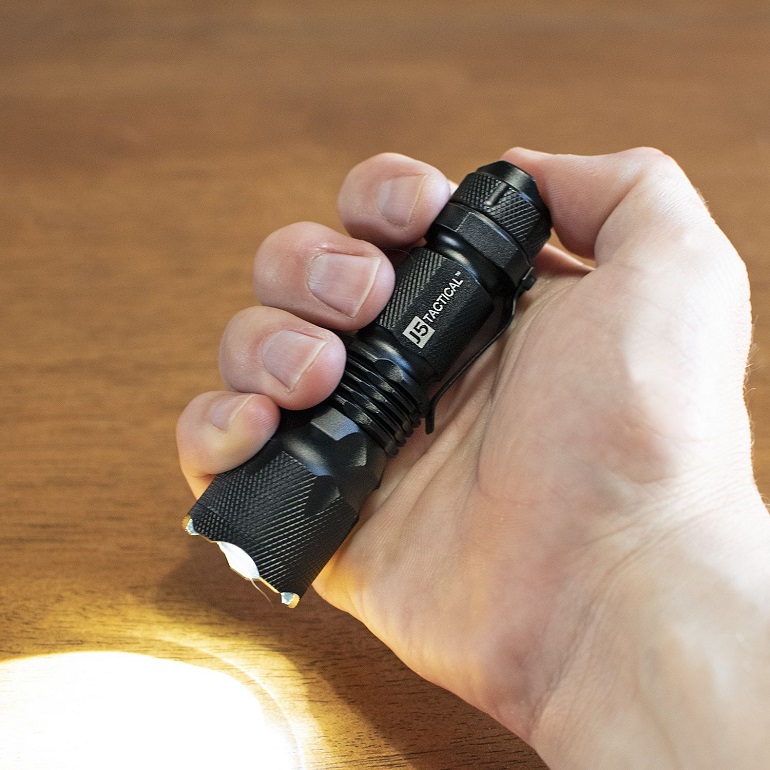The evolution timeline of lighting went through candles, oil lamps, kerosene lamps and all the way to flashlights and headlamps. The invention of the incandescent electric light bulb and dry battery at the end of the 1800s enabled the invention of the devices we use today. So, you have this to thank for next time you’re going camping or need to rummage through a toolbox with the help of a flashlight.
Even though they were initially powered by incandescent bulbs, modern-day devices use mainly LED bulbs, like for instance, the innovative LED Lenser rechargeable flashlight range. If you seek great brightness and minimal energy consumption, LED flashlights are the way to go. But in addition to bulb type, there are some other aspects to consider when buying a flashlight.
Flashlight Types

Keychain and Clip Flashlights
These models are small, lightweight and convenient to carry around because of the keyring or clip. The torch can be attached to anything, from a set of keys to a backpack. These models can offer a good amount of lighting and are excellent for camping.
Head Torches
The light is attached to a headpiece, so it can light up your surroundings while your hands are free. It’s ideal for outdoor activities like camping, caving, and hiking, but also for work environments where the user needs to have their hands free to work (mines, construction sites).
Tactical Torch
This torch is designed for tactical use, such as for the military, police or hunters. Some models can be attached to a weapon and are generally smaller than conventional models, but emit a lot of light. Most models are made from aluminium for robustness.
Battery Types

All of these flashlights can be powered by one of two types of batteries – disposable or rechargeable. That being said, the type of battery should also influence your decision.
Disposable Batteries
Disposable batteries are cheap. As such, they can be an economical choice if you don’t use the flashlight often or for prolonged periods of time. Disposable batteries can be stored for years without discharging or risk of leakage.
Rechargeable Batteries
Rechargeable batteries are typically lithium-ion batteries which can be charged, instead of being replaced. These types of batteries can only be used with specific types of torches, like for instance an LED Lenser rechargeable flashlight. They are a cost-efficient model when it comes to frequent and prolonged flashlight use and environmentally friendly too.
Depending on the model of flashlight you choose, you have the option to charge the battery inside the device or in an external charger. When it’s time to replace the rechargeable battery, it can be purchased from various vendors since the battery is not exclusive to flashlight brands.
Charging Mechanism of Rechargeable Flashlights

So, you’ve figured that buying a rechargeable flashlight is a smart decision. But that’s not all. When you go for a rechargeable flashlight, you also need to consider what’s the best way of charging it. Here are some of the charging mechanisms available.
Solar Charging
If you want to be even more eco-friendly, you can opt for a solar charger to charge your flashlight’s battery. This is ideal if you are going to an area without power options (camping, hiking). However, if there’s no sun you won’t be able to charge it and you should be prepared for slow charging.
Micro USB
This is the most popular method of charging because of the versatility and locations of USB ports (cars, computers, a wall with adapters). Most rechargeable flashlights come with a USB cable.
Auto Cigarette Lighter
Some rechargeable flashlights can be charged by using a cable that plugs into an auto cigarette lighter. This option is a secondary charging method since most vehicles now have USB ports.
Battery Runtime

Consider the run time of the flashlight with a rechargeable battery. The runtime of the battery is defined by the Milliamp rating of the battery. In general, the higher the Milliamp rating, the longer the battery will be able to power the device before it needs to be recharged. Top-quality flashlights like LED Lenser provide a runtime chart so you know what you can expect. Some models can be fully charged within minutes, one or one and a half-hour.
Also, consider that rechargeable batteries in flashlights have a slow drain, so if it’s not used for a long time, you should recharge it periodically so it can have its full performance when you use it next time.
Battery Life

When deciding to buy a flashlight that runs on a rechargeable battery, you should know that these batteries won’t last forever. Usually, they last for one year with heavy use and can endure up to 400 charge cycles (this mostly depends on the quality of the battery). As the battery ages, its ability to fully charge starts to decrease. As a result, you will notice that it has a shorter runtime.
Pick a flashlight according to your needs and preferences. Be sure to read the info on battery runtime, how it charges and how long you can use it. Also, purchase from trusted sellers and manufacturers.

